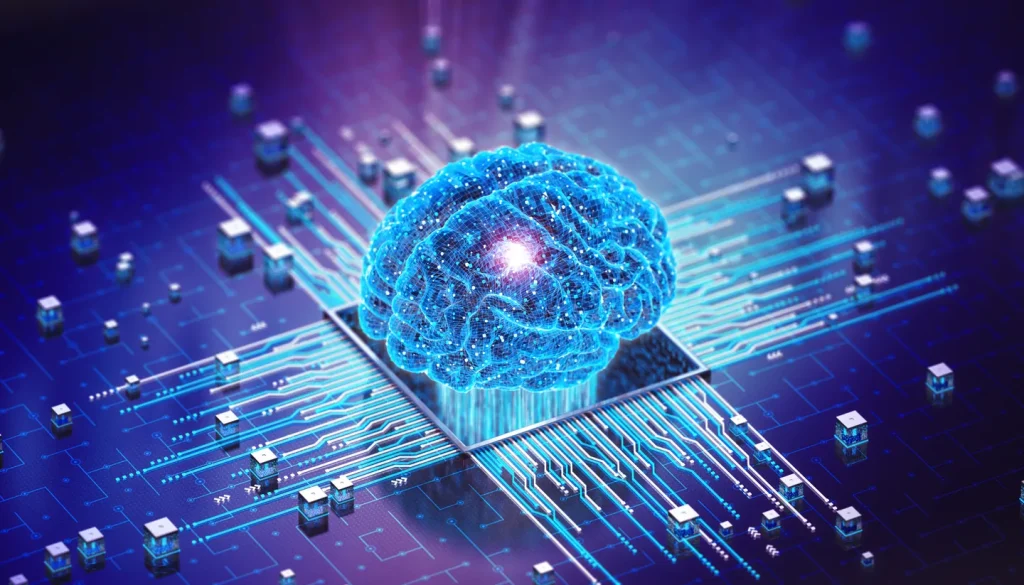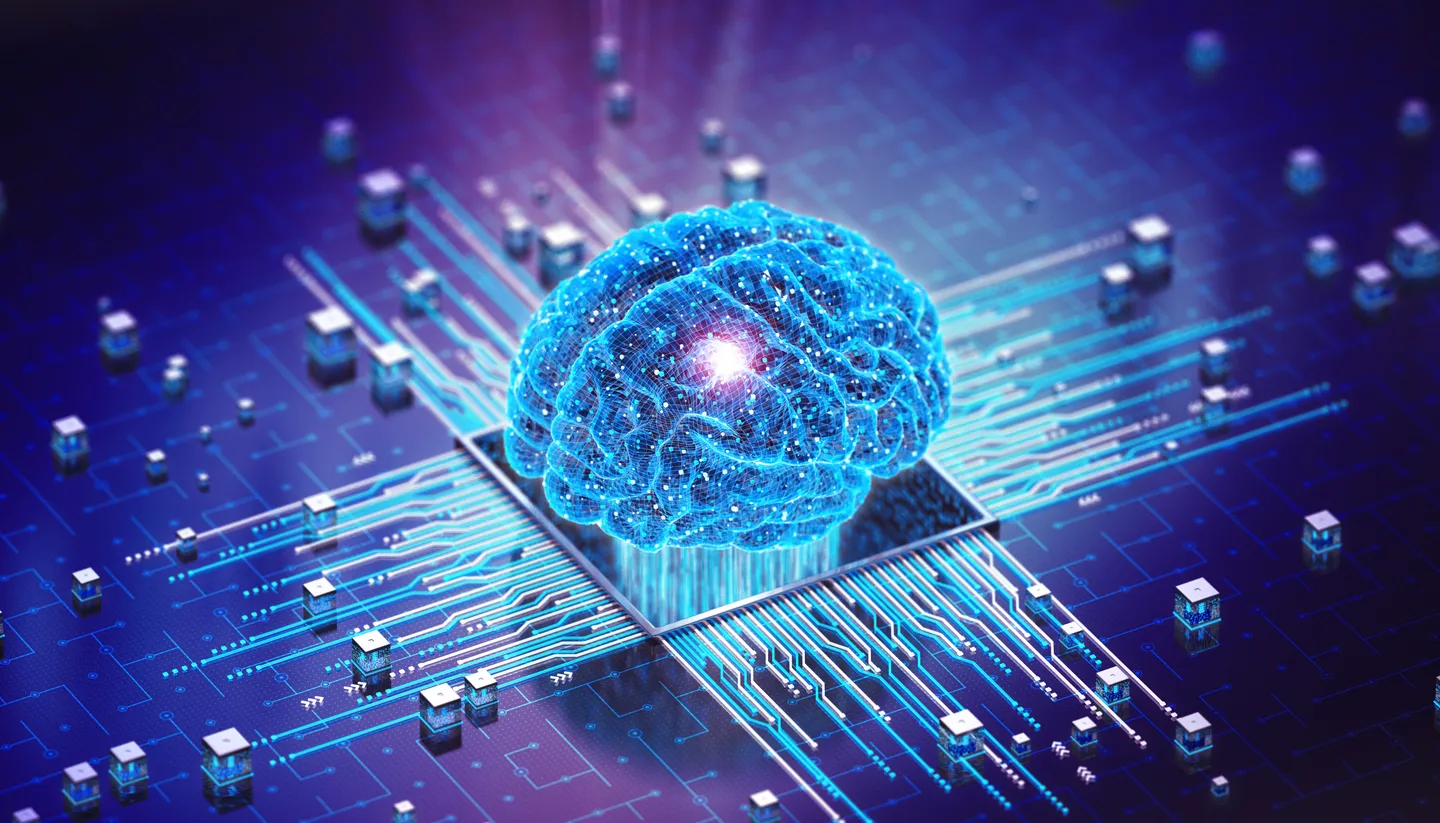Australian scientists develop a groundbreaking AI model that turns brainwaves into text using a wearable EEG cap, unlocking new possibilities for cognition and human-computer interaction.

Wearable EEG Cap Brings Mind-to-Machine Communication Closer to Reality
In a stunning leap forward for neuroscience and artificial intelligence, Australian researchers have developed an AI model that translates brainwaves into text using a wearable EEG cap—a major breakthrough for both medical applications and human-computer interaction.
A New Language: Brain to Text
Developed at the GrapheneX-Human-centric AI Centre at the University of Technology Sydney, the system uses deep learning to decode brain signals captured through electroencephalogram (EEG) technology. The team behind the innovation includes expert Daniel Leong, PhD student Charles Zhou, and lead supervisor Chin-Teng Lin.
By training the AI on a limited vocabulary set, the model can currently identify specific words and short sentences directly from neural activity with approximately 75% accuracy—a figure researchers aim to raise to 90% in the near future.
Medical Potential and Beyond
While this development is revolutionary for patients with speech or cognitive impairments, it also hints at a much broader future. “This could transform how humans interact with machines,” said Lin. The project also aims to enable brain-to-brain communication, with ongoing research to refine the system’s capabilities through broader subject testing.
According to Mohit Shivdasani, a bioelectronics expert from the University of New South Wales, the integration of AI with biological signals allows recognition of brainwave patterns previously undetectable through traditional means. He notes that implantable AI-driven devices may one day personalize and adapt to individual cognitive functions in real time.
The Future of Human-Computer Interfaces
The implications are massive: from restoring communication abilities in patients with locked-in syndrome, to powering hands-free computer navigation, and even enabling telepathic-like connections across digital networks. As AI models continue to evolve, the line between thought and action could be dramatically shortened.
This Australian innovation marks a significant milestone in the global race to develop neural interfaces that are practical, affordable, and accurate enough for real-world use.
















Comments are closed.